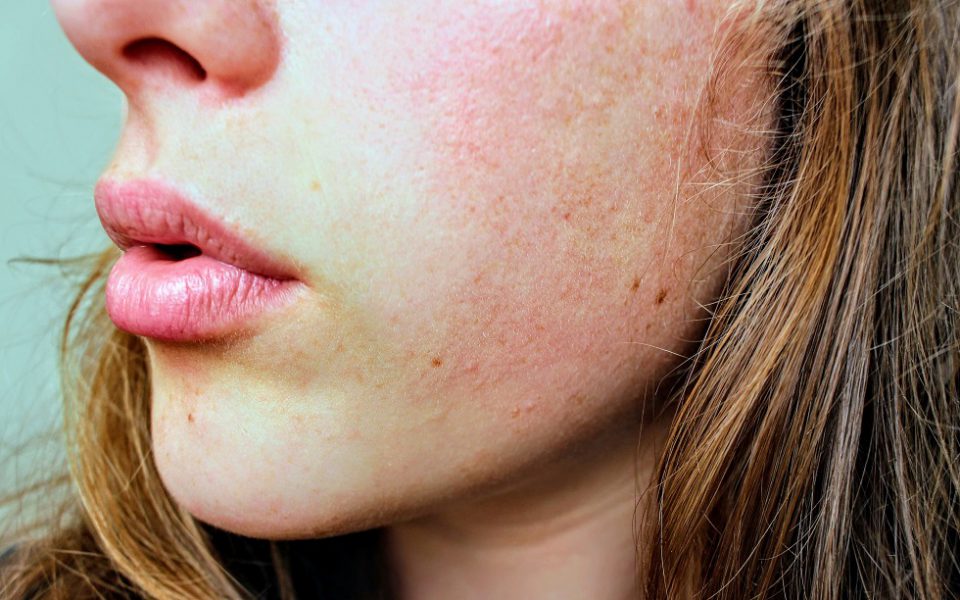At Premier Dermatology and Mohs Surgery of Atlanta, we see clients for a variety of medical and aesthetic reasons. Many issues should be under the watchful eye of a trained clinician, and a dermatologist can help you resolve a broad range of skin, hair, and nail conditions.
Acne, Scarring, and Blemishes
Acne doesn’t just affect teenagers. In fact, some forms of acne, such as cystic acne, can be quite severe. Not only are the blemishes painful and unsightly, but scarring can be substantial. A regimen that addresses both the acne itself and healing is essential for successfully treating acne in teens and adults.
Acne Treatments
Fortunately, dermatologists now have many treatment options for acne. Some patients respond well to oral medications, including contraceptives and certain antibiotics. Topical medications are also a popular noninvasive choice. Topical cream regimens may include retinols, benzoyl peroxide, salicylic acid, or other compounds.
For more stubborn breakouts, facials and procedures such as cortisol injections may help get the breakouts under control. The type of treatment that will work best will depend on the type and amount of blemishes, sensitivities to medications, ability to commit to treatment, and the patient’s unique medical and personal circumstances.
Scarring and Blemish Treatments
Scars and other types of blemishes may sometimes respond to the same compounds found in topical acne medications. However, you may also have other more advanced treatment options, including chemical peels, light or laser therapies, and other procedures to fade the appearance of dark marks.
Skin Cancer Screenings
Skin cancer is the most common type of cancer in adults, and nobody is immune. Fortunately, vigilant screening can help healthcare providers spot problem areas and pre-cancerous moles early. Treating skin cancer quickly is wise for the best possible outcome. The screenings themselves are simple procedures where a doctor will fully check your skin and scalp, carefully documenting any observations.
Screening for skin cancer may be part of your regular healthcare routine, and it is wise to schedule screenings once a year. But there are also some symptoms that should get you scheduling a checkup. A new or changing mole isn’t something to ignore. You will especially want to contact your doctor if you notice a spot that is irregular in shape, discolored compared to surrounding skin, or changing in color.
Visible Signs of Aging
Aging is a part of life, but modern dermatology has more tools than ever for keeping your skin looking youthful. Wrinkles are a common chief complaint for patients in dermatologist’s offices. While a healthy diet and diligent skincare regimen can fight wrinkles, you may also want to be aware of treatment options.
In-office texturizing skin treatments can help smooth the appearance of wrinkles, but there are now many other treatments for the signs of aging. Some options you may consider for this issue include chemical peels, Botox and similar injections, fillers, and laser therapy.
Skin can also tend to dehydrate with age. You can help preserve moisture with a healthy lifestyle, such as by avoiding smoking and excessive sun exposure. Developing a moisturizing routine can also be a critical step in combatting the side effects of aging by helping skin maintain its elasticity. Your dermatologist should be able to recommend the best moisturizing treatments for your skin type.
Hair Loss
While many of us think of a dermatologist as someone we visit for skin conditions, these doctors also specialize in treating the hair. “Shedding” can be a common problem with roots in other issues. A dermatologist can help you asses symptoms like bald patches or thinning hair. Although many people mistakenly assume all hair loss is a sign of aging, and it can be in some cases, the reality is that hair loss can occur at any age.
Diagnosis and Treatment Options for Hair Loss
Often, hair loss is a symptom of an underlying medical issue. Examples of some of these conditions include:
- Stress
- Pregnancy
- Genetic issues
Treatments for hair loss abound in the modern age. Procedures including grafts and transplants are options as are both topical and oral medications. Different treatments will also have different outcomes; some minimize the appearance of loss while others actually restore hair growth.
Rosacea
Rosacea is a skin condition characterized by redness, particularly on the face. Rosacea is caused by broken blood vessels and can also produce a distinctive red, bumpy rash. The condition tends to flare up, with flares lasting weeks or even months for some patients.
Fortunately, rosacea is highly treatable in a dermatologist’s office. Optimal treatment will often depend on the severity of the condition. Mild to moderate cases are often treatable with oral antibiotics. Laser therapy and topical creams may also lessen the appearance of rosacea. Patients can also reduce inflammation and redness with simple lifestyle changes. Some patients find limiting exposure to sun, dryness, alcohol, heat, and even moderating their diet helpful.
Should I See a Dermatologist?
As you can see, there are many reasons a person may want to visit a dermatologist. Whether your reasons are medical, cosmetic, or a blend of the two, you have a right to feel good about the way you look. Similarly, if you have a particular skin concern or need a check-up, don’t put it off. Contact Premier Dermatology and Mohs Surgery of Atlanta to set up your personalized consultation today.


